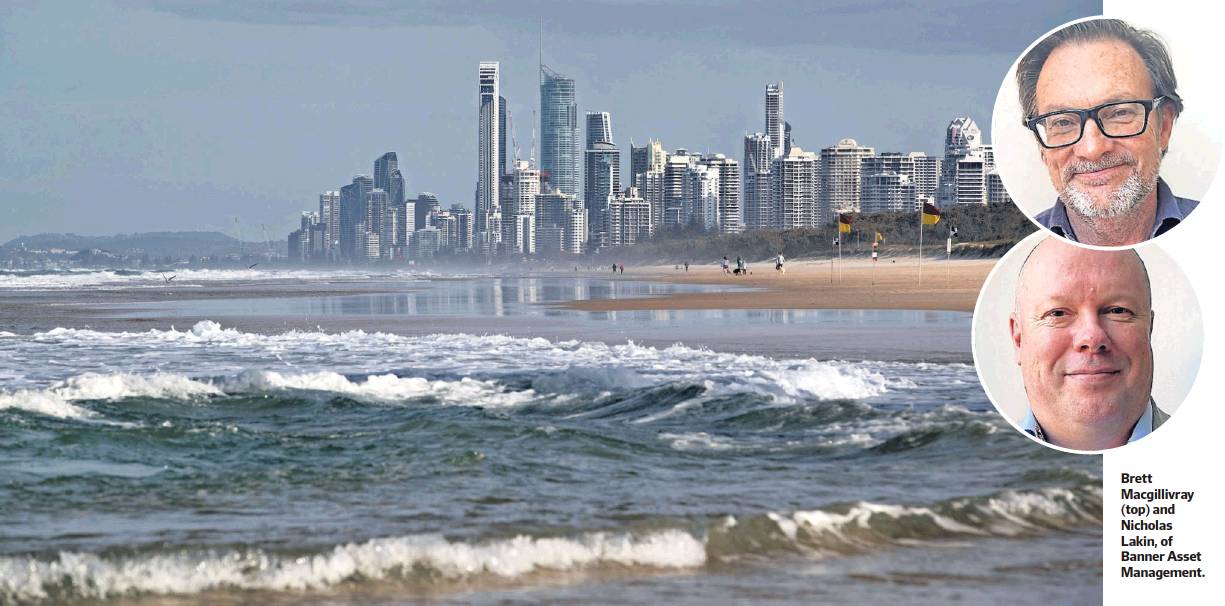Private CRE lenders ride new investment wave
With Australia’s banks constrained in their lending, many property developers are turning to private lenders to help them finance their projects. This, in turn, has spawned an asset class all of its own – commercial real estate (CRE) debt.
Though it’s one of Australia’s most diverse asset pools, the private debt market – an “alternative asset” – is relatively unknown to most investors. But the rise of the new CRE debt funds is likely to change that.
Australia, with its AAA credit rating, is a premium market for international money, and investors can now take their pick of low-risk, well-managed property projects.
With developers expected to seek a hefty $70 billion from non-bank lenders over the next four years, private CRE debt is proving a solid bet with returns of up to 10 per cent.
According to data provider Preqin, some $US7237 billion worth of alternative assets are under management worldwide. Globally, private lending accounts for 45-50 per cent of CRE loans.
In Australia, APRA figures for CRE debt suggest the banks held 93 per cent (or $355 billion) in 2019, and the non-bank lenders about $25 billion.
However, it wasn’t just COVID-19 that enlarged the private share of the Australian pie. As far back as the global financial crisis (GFC), banks were shying away from CRE lending. The Royal Commission’s report in 2019 further reduced their appetite for new debt, and this widened the field for about 50 alternative lenders.
The Reserve Bank says non-bank residential mortgage lending is growing about 15 per cent a year. It’s not clear how active these lenders are in the industrial, retail and office sectors, but with the RBA joining forces with APRA and the Australian Bureau of Statistics we might soon have a picture.
“This is an area where data are very limited,’’ the RBA noted in April. ‘‘However, liaison contacts report that non-bank financing of property development is widely available and still growing strongly, especially in Melbourne.
“The most prominent providers have been managed funds, with lending mostly funded by equity investments from wealthy individuals and institutional investors, including foreign funds.”
According to the RBA, non-bank lenders generally require lower levels of pre-sales than banks and allow greater leverage for borrowers, but also charge much higher interest rates. This translates into higher returns for investors.
Another benefit is that CRE loans are secured by real property mortgages and carry the highest repayment priority in the capital structure. If the borrower cannot repay the loan, the lender has the right to sell the property – just like a bank.
“Australia has creditor-friendly regulations for lending compared with some jurisdictions, which makes Australia one of the safest places in the world in which to invest in property debt,” says Nicholas Lakin, head of origination at Banner Asset Management.
“For example, pre-sales are binding on purchasers. They risk losing their deposits and being liable for any losses if they do not proceed. In a lot of jurisdictions around the world, you can say, ‘I’m not going ahead’ without ongoing liability, and that can leave a developer and its financier in serious trouble.”
Founded in Melbourne as a credit fund in 2011, Banner Asset Management was one of the early Australian firms to explore CRE debt assets for the wholesale investor market.
“About half our investors are overseas – Japan, Hong Kong, Singapore, Europe – and they include individuals, superannuation companies, funds that have an allocation for alternative assets and even some foreign banks,” Lakin says.
Banner works directly with developers on projects valued from $10 million to $350 million and focuses on Melbourne, Sydney, Brisbane and regional areas where demand is strong. COVID-19 has been a boon to these markets, with e-commerce retailers seeking storage and home buyers restless to upgrade.
“People are sick of lockdowns, they can’t travel overseas, and with the work from home trend a lot of occupiers don’t need to be within reach of a major CBD,” Lakin says.
“We’ve committed funding for a $350 million Gold Coast residential development by Bensons Property Group, a Melbourne developer. These are high-end apartments suited to owner occupiers, with strong pre-sales predominantly to Sydney and Melbourne buyers.”
With non-bank lending not regulated by APRA, investors need to be vigilant. A fund manager should demonstrate good governance and risk management and have a committee with sound legal, property and financial experience.
Banner’s head of legal and compliance, Brett Macgillivray, says actively managing a project throughout the life cycle of the loan is critical to Banner’s process.
“Our weekly, detailed review allows early warning,’’ he says.
‘‘If projects don’t go according to plan, we can complete them ourselves and ensure investors get their money back.’’
Macgillivray says CRE debt funds typically offer returns (in 2021) of 8 to 10 per cent for higher-risk projects and 6 per cent at the safer end.
In 2020, Banner set up a fund to invest in service stations. With more delivery trucks on the road, these retailers have proved resilient during the pandemic, Lakin says.
“The service stations are in highly visible locations with high passing traffic. Post-petrol, these properties will remain in demand from retailers of future alternative fuels,” he says.
